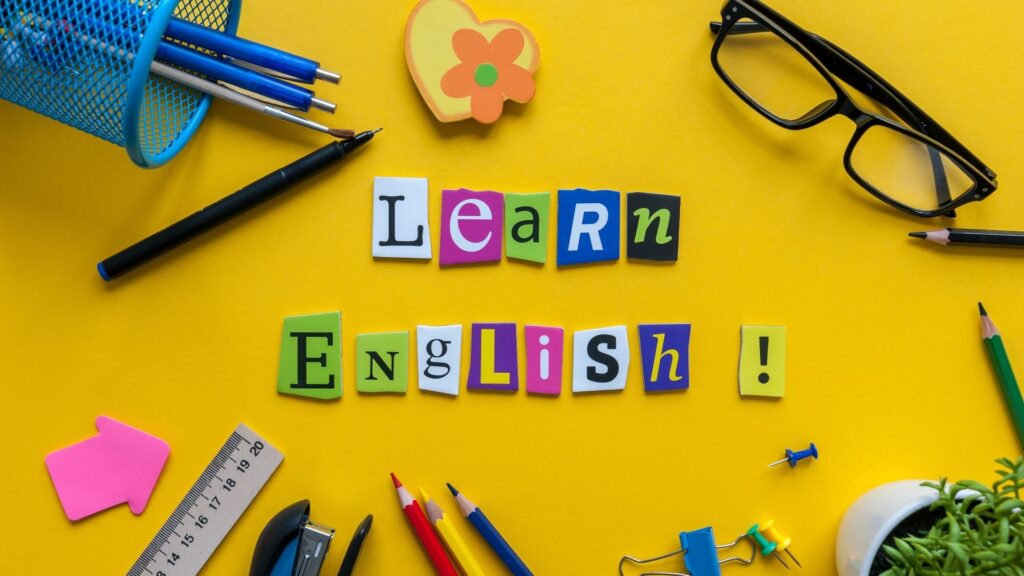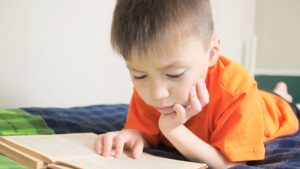How to use Tier Vocabulary to Scaffold Lessons in ESL classes.
Customarily in the ESL field, we group vocabulary words into three tiers determined by the words’ frequency of use, complexity, and meaning.
- Tier 1—Basic Vocabulary
- Tier 2—High Frequency/Multiple Meaning
- Tier 3—Subject Related.
Every day, you understand and use words from all three tiers. Scaffolding speaking, reading, and comprehension lessons alongside tier levels help English language learners develop their language skills. When teaching English language learners, we need to teach them words that will be of most use to them first. To be effective ESL teachers, we must teach students the words they will hear, read, and use!

Tier vocabulary in ESL Classes: Tier one words, tier two words, tier three words
What is tiered vocabulary in ESL?
Tier 1 words
What is a tier-one word?
Tier one words are flashcard words. While teaching English as a Second Language, tier one words are the easiest to teach. You can point to the picture of the word to explain it immediately. For example, “chair” is a Tier 1 word. You can point to a picture of a chair to explain the word immediately to students learning English.

To teach tier-one words, you can play games like Pictionary, which is a charades-inspired word-guessing game.
Tier one vocabulary words include: Sight words, nouns, verbs, adjectives, and early reading words
Examples of tier one words are: apple, uncle, happy, run, zebra, and blue. There are roughly. 8,000 tier one vocabulary words in English
https://teachlikeachampion.com/blog/vocabulary-tier-one-word/embed/#?secret=YXUAI9gF6T
Sight words, https://sightwords.com/sight-words/fry/
Tier one words standards:
- basic words
- rarely require direct instruction
- do not have multiple meanings
- Sight words
- nouns, verbs, adjectives, and early reading words occur at this level
Tier 2 words
What is a tier two word?
Tier two words are words that have multiple meanings (polysemous words), academic vocabulary, precise adjectives that add detail, or words that appear frequently in a wide variety of texts and in the written and oral language of mature language users (the word “absurd” or “maintain” or “perform”, for example.)
There are about 7,000-word families in English in tier two. Tier two words occur often in mature language situations such as adult conversations and literature and influence speaking and reading a lot. They might not occur in everyday language, but tier two words appear often in texts.
The standards for tier two words:
- Important for reading comprehension
- Characteristic of mature language users
- Contain multiple meanings
- Increased descriptive vocabulary (words that allow students to describe concepts in a detailed manner)
- Used across a variety of environments (generalization)
Examples of tier two words: obvious, complex, reasoned, national, informed, absurd, performed, maintain
Tier 3 Words
Tier three words are for a specific domain. They are words that are technical vocabulary specific to a certain domain or discipline. You can think of them as the words you learn when you take that subject in college. Tier three words are subject-specific and highly specialized.
The standards for tier three words:
Examples of tier three words: atom, filibuster, decibel, hyperlink, editorial, isthmus, stratus, magma

How To Scaffold Tier Vocabulary in ESL Classes
Using the correct tier for the comprehension level of your ELL students will ensure you are using comprehensible input. First graders can use about 6,000 words in their speech. Kids will then learn 3,000 more words per year through third grade (source). Wow! That is a lot of new information that elementary school needs to impart to young learners. Imagine needing to absorb all of that information as an ELL who is learning English as a second language. Daunting, for sure.
Teaching strategies for Different Tier vocabulary words:
ESL Games to Play to Learn Tier 1 Words
There are many fun games to teach ELL students tier-one vocabulary words. Here are some techniques to teach tier one words in ESL classrooms.
Simon Says “Simon says touch your _____” which teaches the vocabulary for body parts, for example.
You can play games like Pictionary, which is a charades-inspired word-guessing game. Use a Pictionary Generator to help your ELL student brainstorm ideas.
https://www.zynga.com/games/words-with-friends-2/
How to teach Tier two words in ESL Classroom
This is a great example of lesson plans to teach tier 2 words:
ESL Games to Play to Learn Tier 2 Words
Words with Friends
https://www.zynga.com/games/words-with-friends-2/
Scrabble
ESL Games to Play to Learn Tier 2 Words
Hangman
Hangman is good for tier 1 or tier 2 words, but I think it is more fun with tier 2 words. Tier 1 vocabulary words make the hangman too easy to beat. You can use this hangman game in online classes if you screen share your desktop through camera software such as Manycam.
What is the comprehensible input hypothesis?
Comprehensible input is formulating your ideas and presenting them at a linguistically appropriate level that will help your ESL students to understand your input and sharpen their English skills.
Bottom Line: Be cognizant of the three tiers of vocabulary when scaffolding ESL lesson plans. This ensures you are using comprehensible input, challenging students appropriately for their learning objectives, and teaching them words they will use the most, first. There are different strategies, including fun games, to teach each tier of vocabulary.
Related Keywords: scaffolded instructions, Lev Vygotsky, the Zone of Proximal Development (ZPD), explicit instruction, scaffolded instructional strategies for ells, tiered vocabulary, Tier 1—Basic Vocabulary, Tier 2—High Frequency/Multiple Meaning, and Tier 3—Subject Related, specialized words, high frequency words, Sight Words











